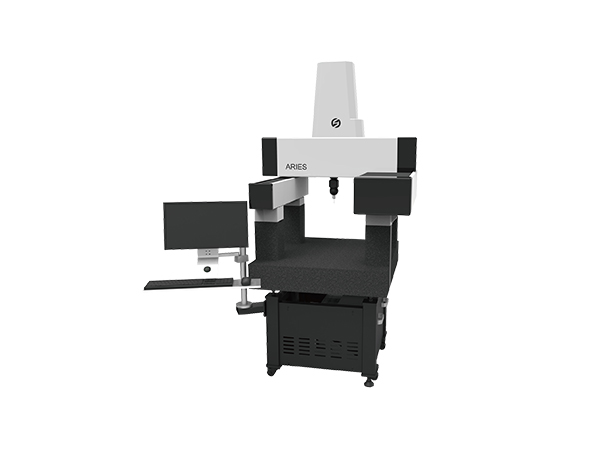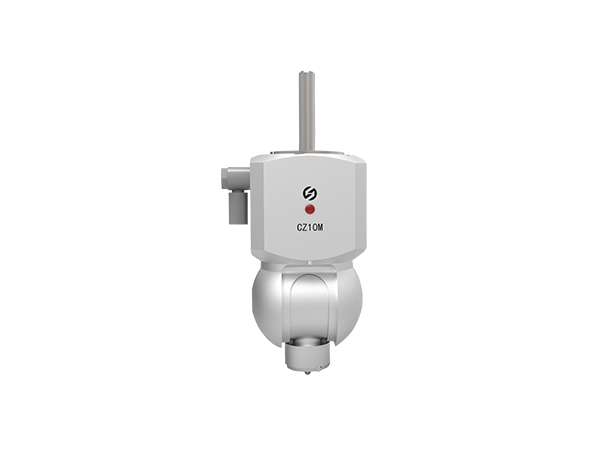CMM is widely used in the mold industry. It is a modern intelligent tool for design, development, testing, and statistical analysis, and is also an effective tool for ensuring the quality and technology of mold products. CMMs, with their high accuracy, high flexibility, and excellent digital capabilities, have become an important means of design, development, processing, and quality assurance in modern manufacturing, especially in the mold industry.
If there is a deviation in the matching between the mold core cavity and the guide pillar guide sleeve, the deviation value can be found through a coordinate measuring machine for correction. After the contour of the mold core and cavity is processed and formed, many inserts and local curved surfaces need to be processed and formed by electrodes on electrical pulses. Therefore, the quality of electrode processing and non-standard curved surface quality become the key to mold quality. Therefore, it is necessary to measure the shape of the electrode using a coordinate measuring machine. The CMM can apply 3D digital analog input to measure and compare the positioning, dimensions, related geometric tolerances, curves, and surfaces of the finished mold with the digital analog, and output graphical reports to form a complete mold product inspection report.
When some molds have been used for a period of time and wear occurs, which requires correction, but there is no original design data (i.e., digital analog), it is possible to use the cross-sectional method to collect point clouds, output them in a prescribed format, and shape them after probe radius compensation, thereby achieving an intact and original repair effect. When some surface contours are neither circular arcs nor parabolas, but rather irregular surfaces, the surface can be manually made using putty or plaster as a base. Then use a coordinate measuring machine to measure the section lines, characteristic lines, and parting lines on each section, and output them in a prescribed format. After the probe radius is compensated, the mold is shaped. During the molding process, the curve is smooth, thereby designing and manufacturing a new mold.
Specifically, when using coordinate measuring machines to complete design and inspection tasks in mold manufacturing enterprises, it is necessary to pay close attention to various factors such as the selection of measurement benchmarks, the calibration and selection of probe points, the planning of measurement points and locations, the establishment of coordinate systems, the impact of the environment, the impact of local geometric features, and CNC control parameters. Each of these factors is sufficient to affect the accuracy and efficiency of the measurement results.





